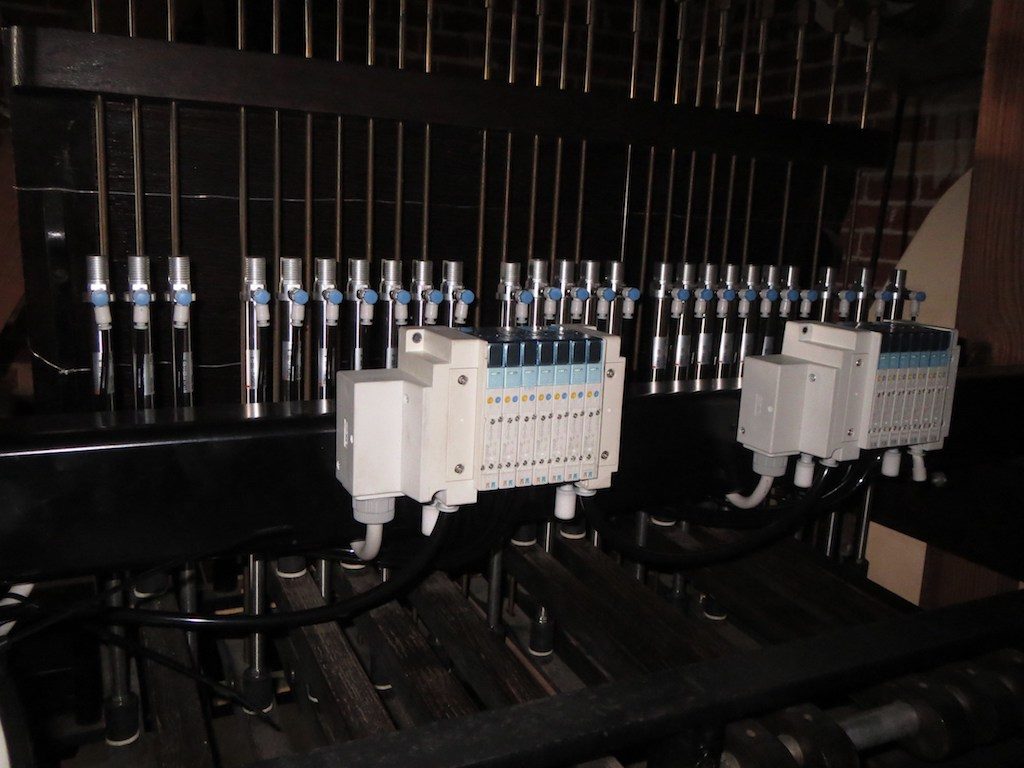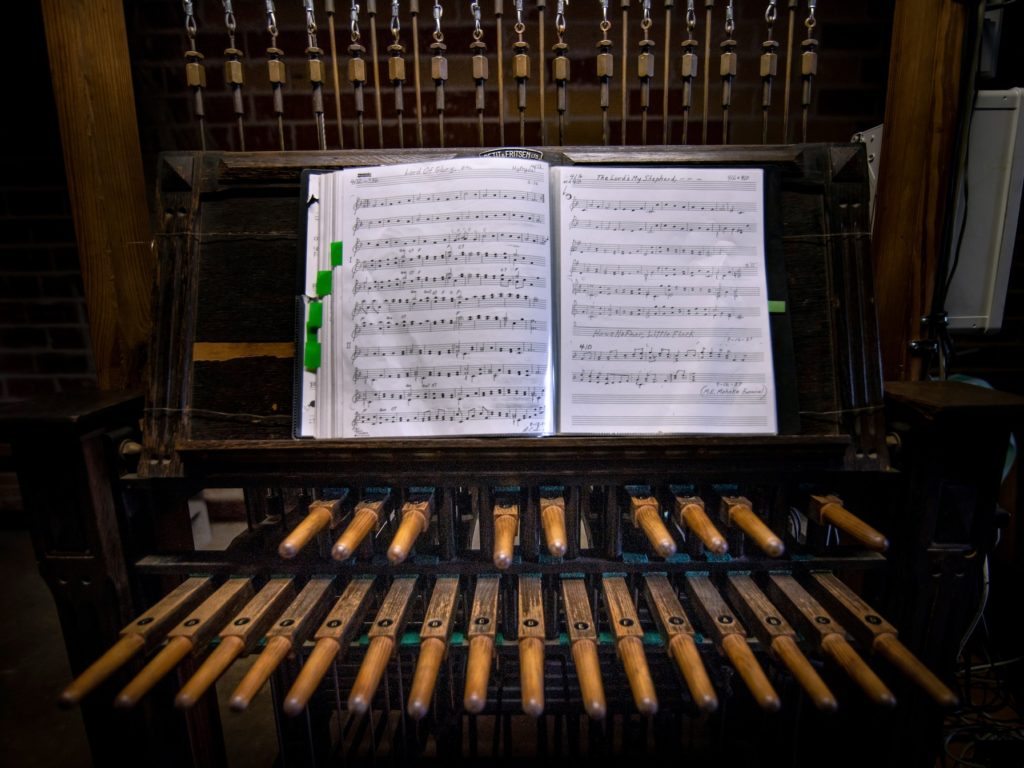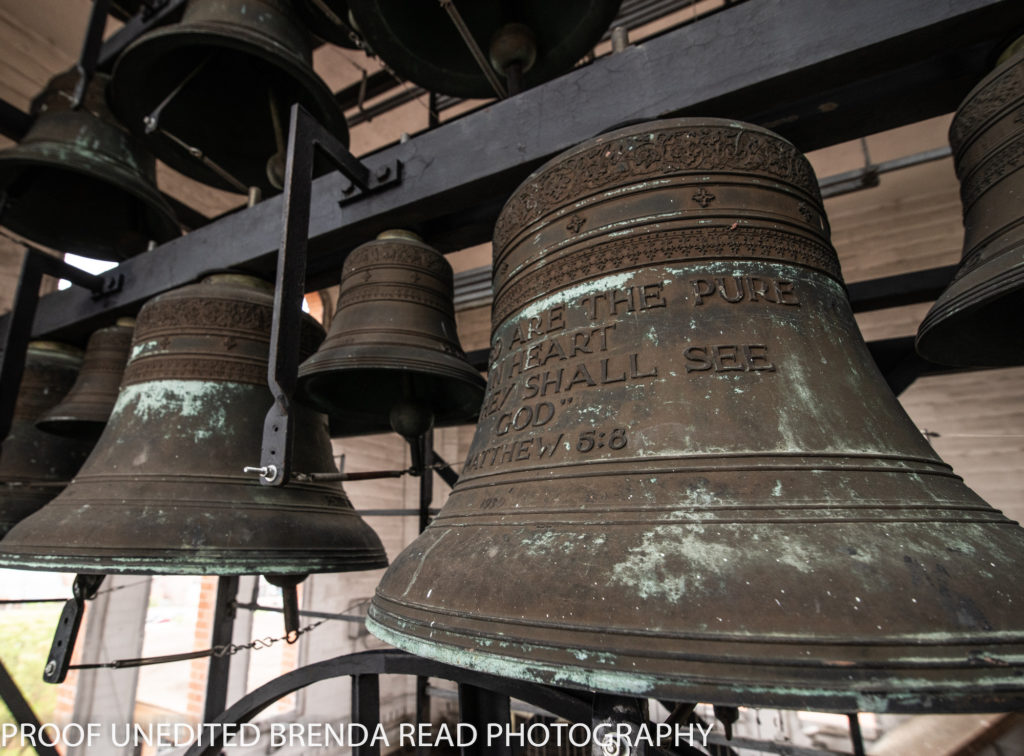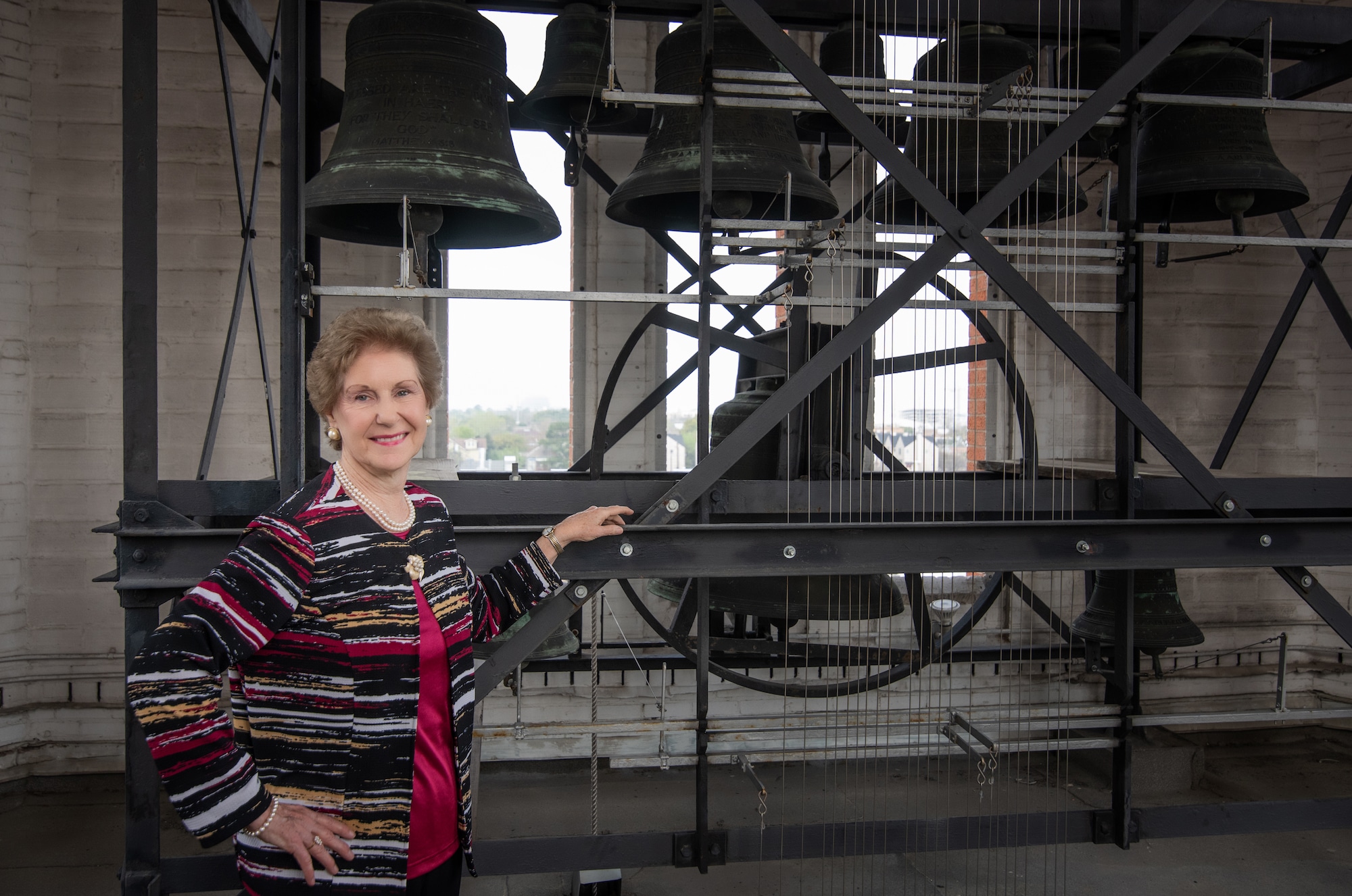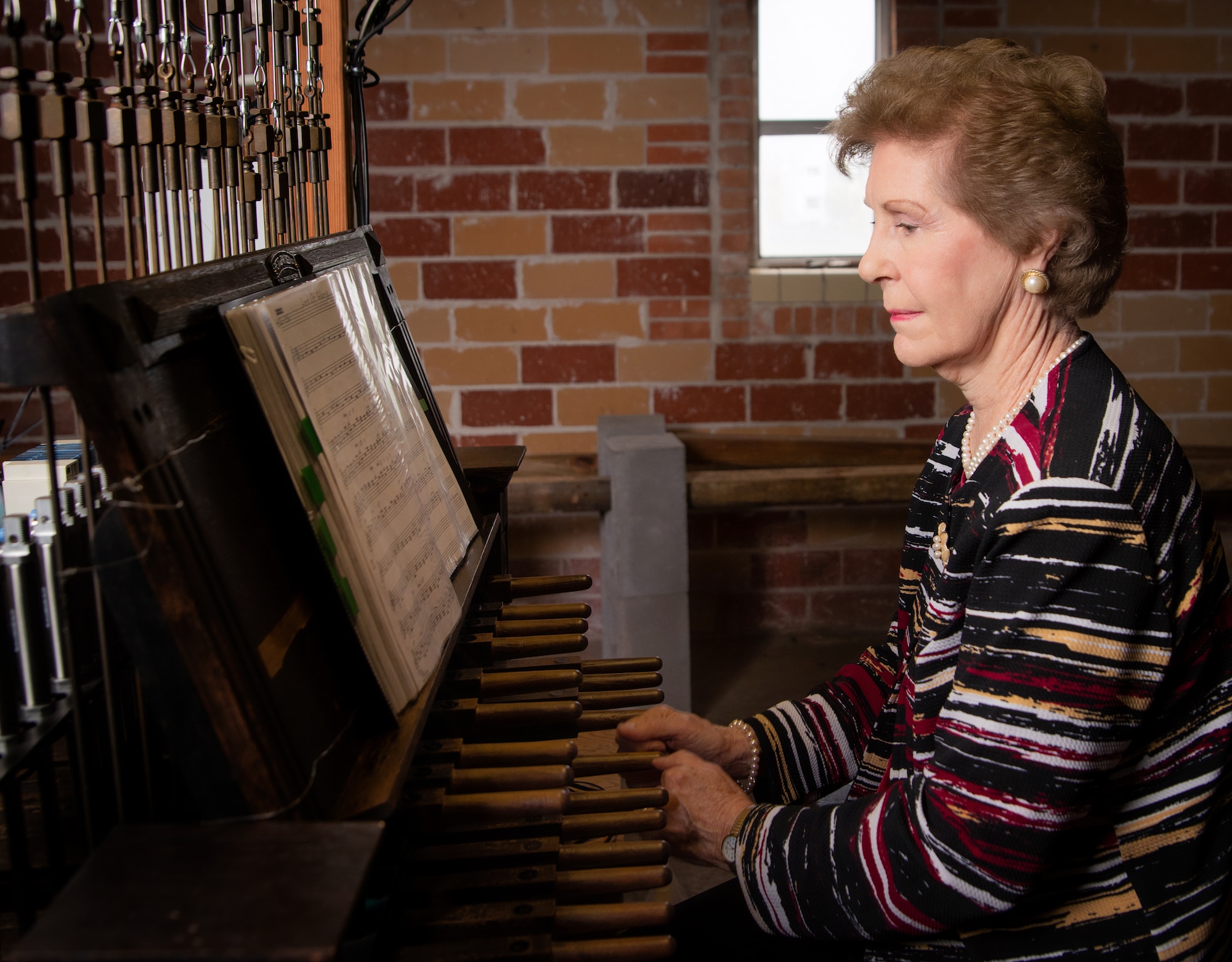Music
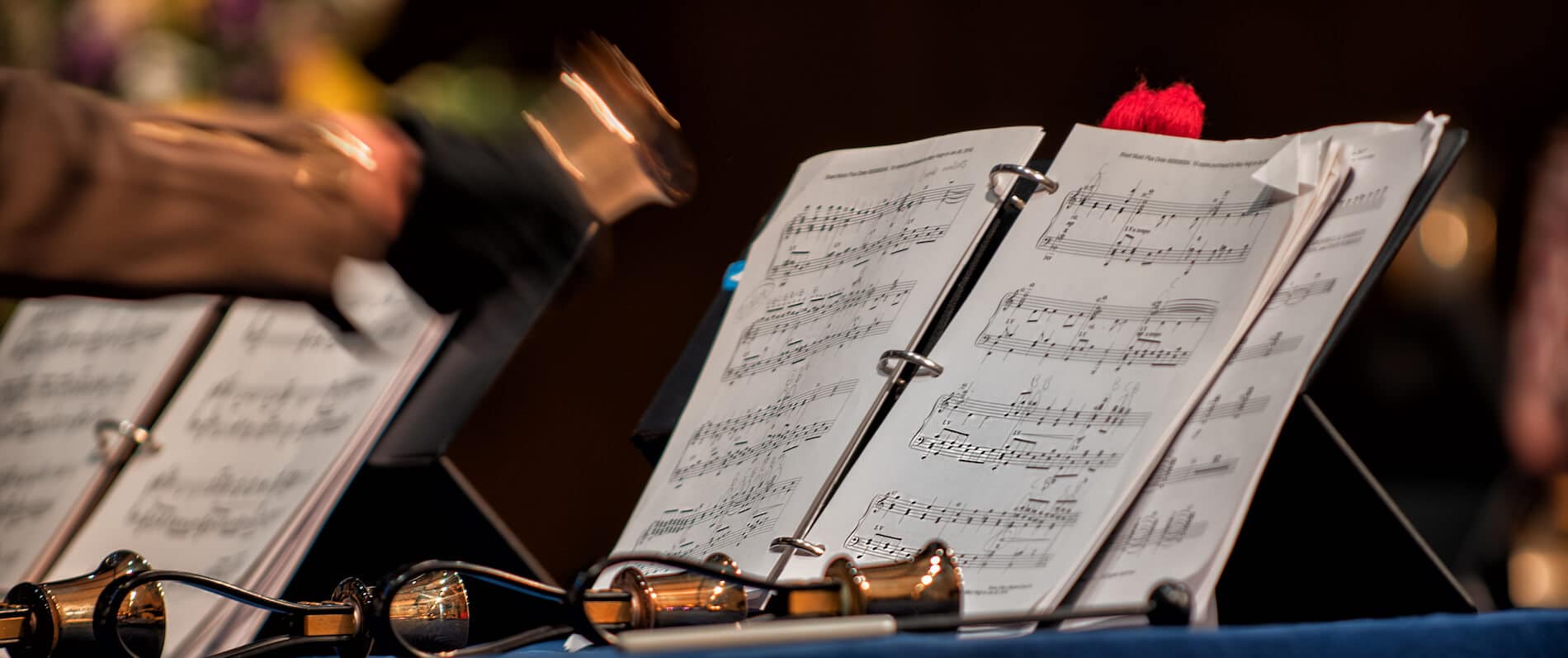
Throughout our history, music has been an important component of Trinity Downtown. We offer a variety of musical groups and many ways to use your talents in ministry for both contemporary and traditional worship.
For High School, College and Adults
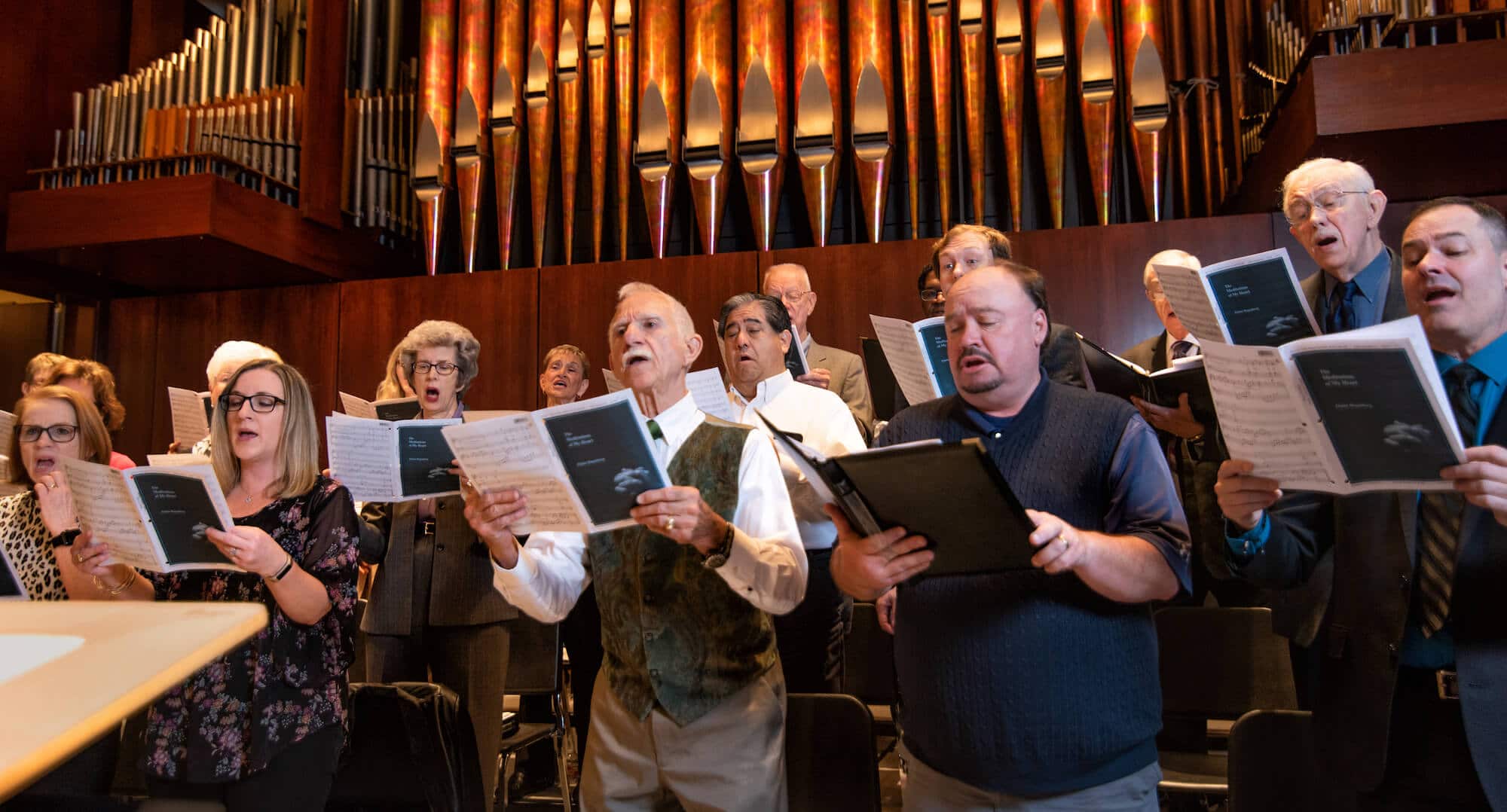
Sanctuary Choir
The Sanctuary Choir is made up of adults and students who enjoy leading worship through hymns, special anthems and songs of faith. In addition, Trinity has several small ensembles: mixed quartets, a men’s quartet, and a women’s group. The choir and the ensembles generally rehearse on Sunday mornings and sing regularly for worship.
For more information, contact Mary Voigt.
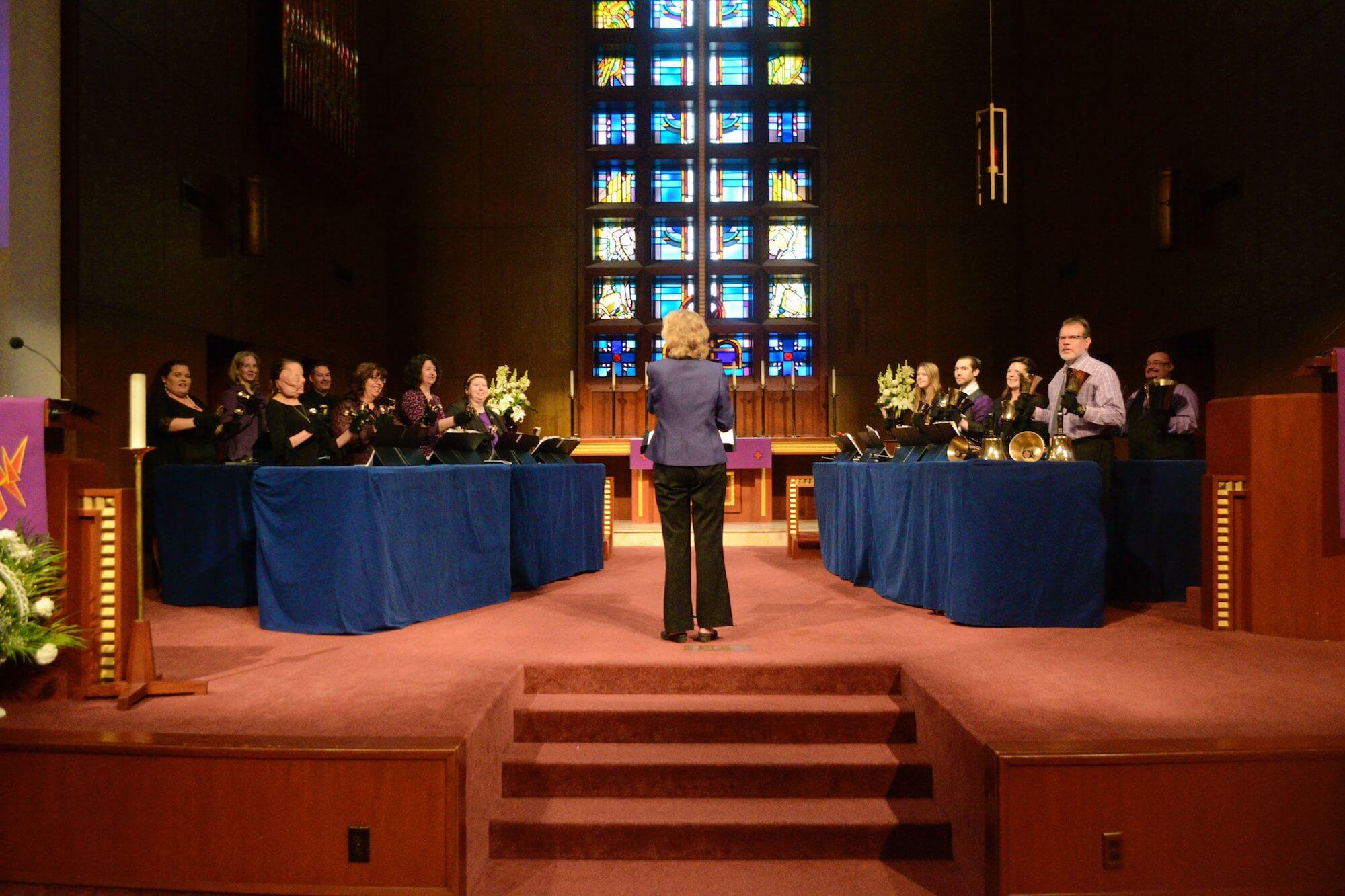
Trinity Bells
The Trinity Bells have the opportunity to play 5 octaves of handbells and 3 octaves of handchimes. Beginners and experienced players work together using a variety of techniques to create a beautiful and exciting music to enhance worship. Adults as well as high school and college students are welcome. Trinity Bells rehearse twice a month on Sunday mornings from 11:15-12:15 and play one Sunday a month for worship.
For more information, contact Mary Voigt
Trinity’s Pipe Organ
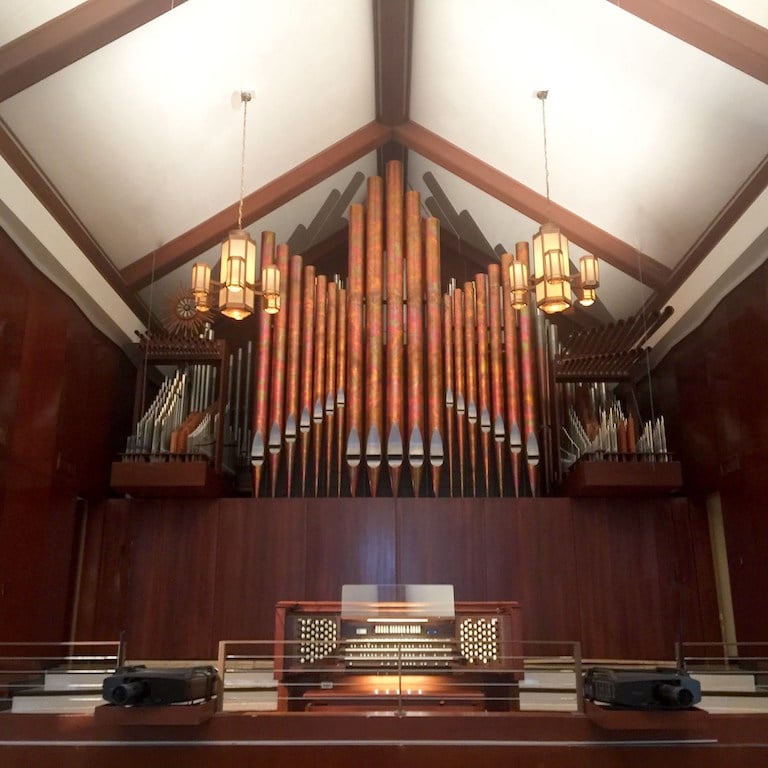
Trinity’s original pipe organ was built by the Holtkamp Organ Company of Cleveland, Ohio and was dedicated in 1954. This organ was renovated and expanded by the Reuter Organ Company of Lawrence, Kansas and today is a 54-rank, 3 manual plus pedal organ. The main organ is housed in the balcony and features new façade pipes plus a commanding horizontal trompette en chamade. An additional division of pipes, the Antiphonal Organ, is located in the chancel area. The Trinity organ is an ideal instrument for leading worship, offering a wealth of rich tone carefully voiced to support vocal music of all kinds: solo, choral and congregational. These vocal qualities, along with a wealth of rich orchestral colors, make this a magnificent concert organ as well.
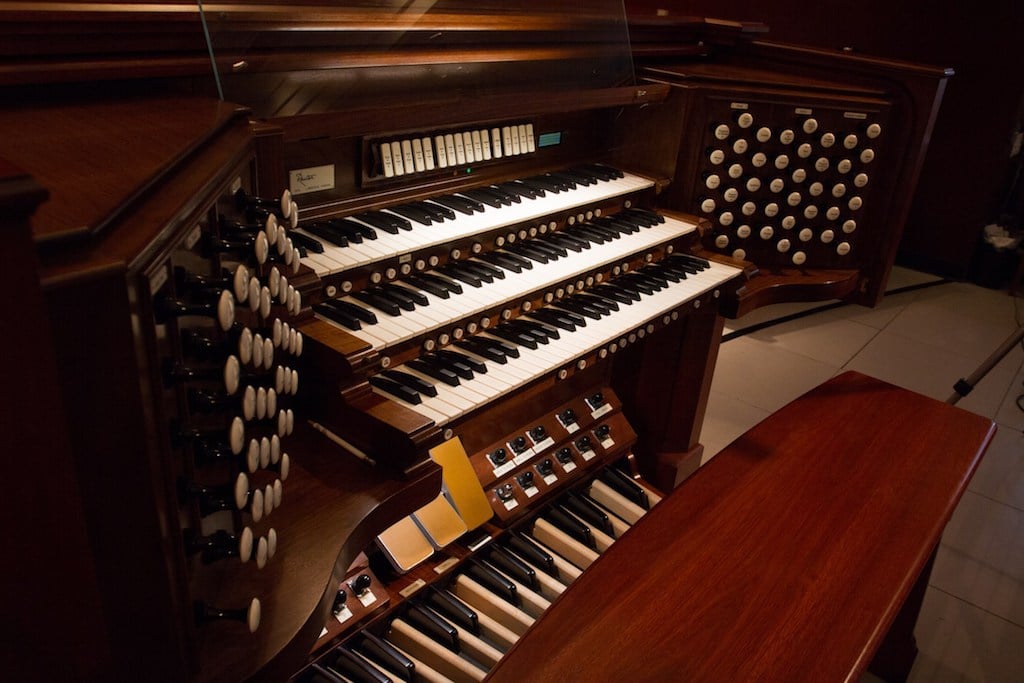
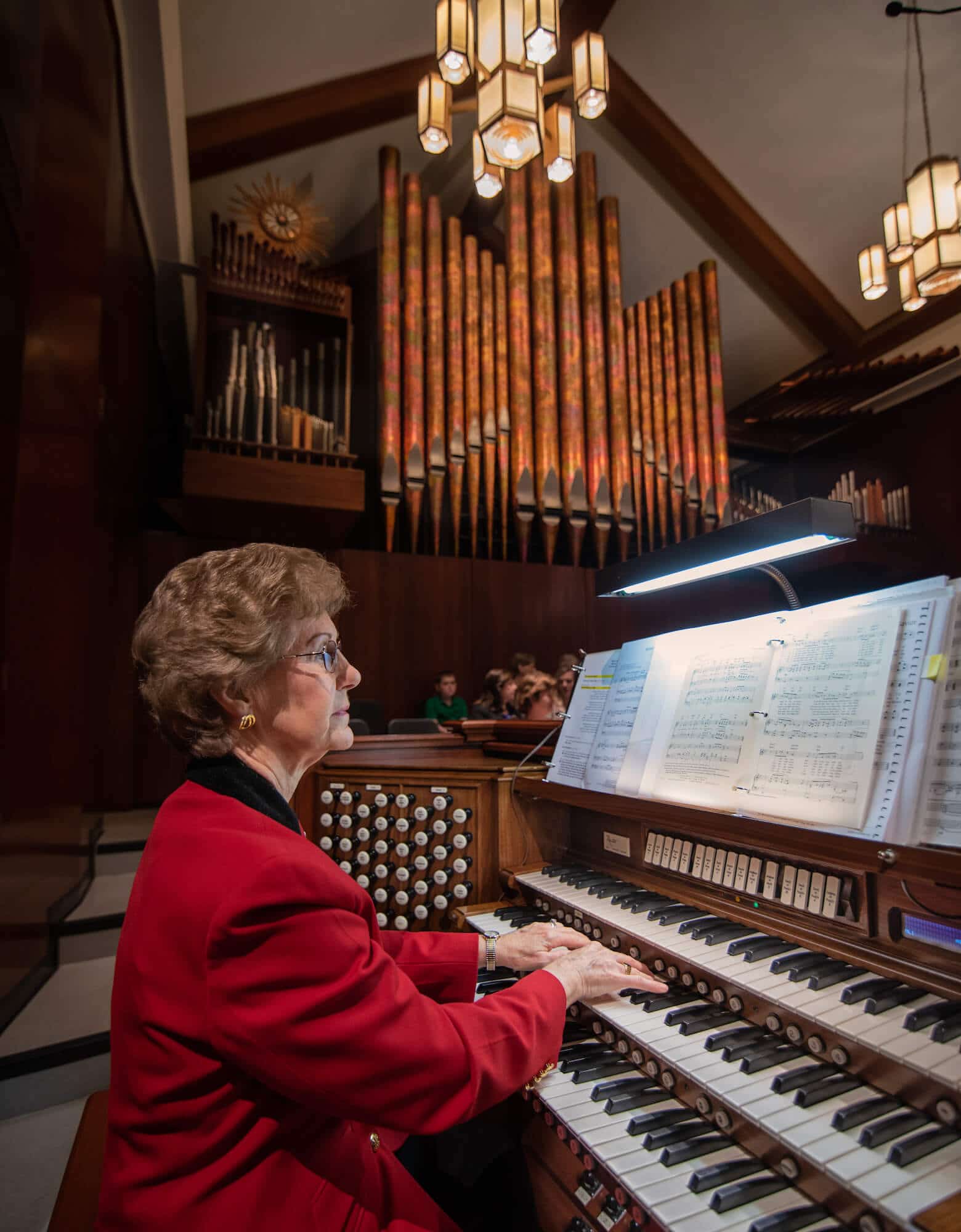
The current organ was dedicated on Christmas Eve 2015. What a gift to herald the birth of Jesus, with the magnificent new trompette en chamade, and meditate on the mystery of the Incarnation accompanied by the lovely strings of the new antiphonal.
To God Alone Be the Glory.
Recent organists who have performed at Trinity
Ken Cowan (1-24-2016) Head of the Organ Department at Rice University
Walt Strony (10-23-2016) Theatre Organ Artist performing Phantom of the Opera
Carla Barrows (10-29-2017) Trinity Organist leading Reformation Hymn Festival
Paul Jacobs (2-18-2018) Head of the Organ Department at The Juilliard School
James Marriott (10-28-2018) Director of Musical Arts, Concordia Seminary, St. Louis
Greg Zelek (2-24-19)
Daniel Ficarri (2-9-20)
Chelsea Chen (9-26-21)
Trinity’s Carillon
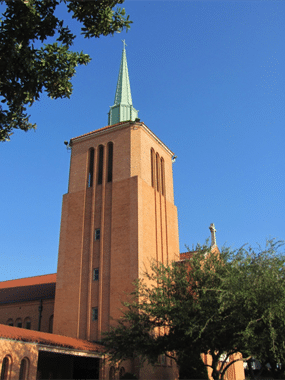
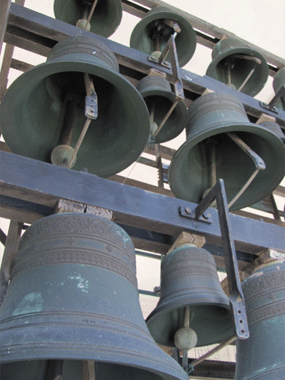
Trinity Lutheran Church (downtown) is home to one of only three traditional carillons (bell towers) in Houston (16 in Texas and 171 in US). A traditional carillon has at least 23 bells played from a “keyboard” of batons or clavier; fewer bells are known as a “chime of bells.” In 1954, Trinity dedicated the original 12 bells. Then in 1957, 13 more bells were added to make the existing 25-bell carillon. In 2015, a major refurbishment of the bells and its framework was done, as well as the installation of a state of the art digital automated bell-ringing equipment and a master control system. This affords incredible versatility including playing songs from a catalog of more than 200 pre-programmed music selections, recording new songs and chiming the quarter hour!
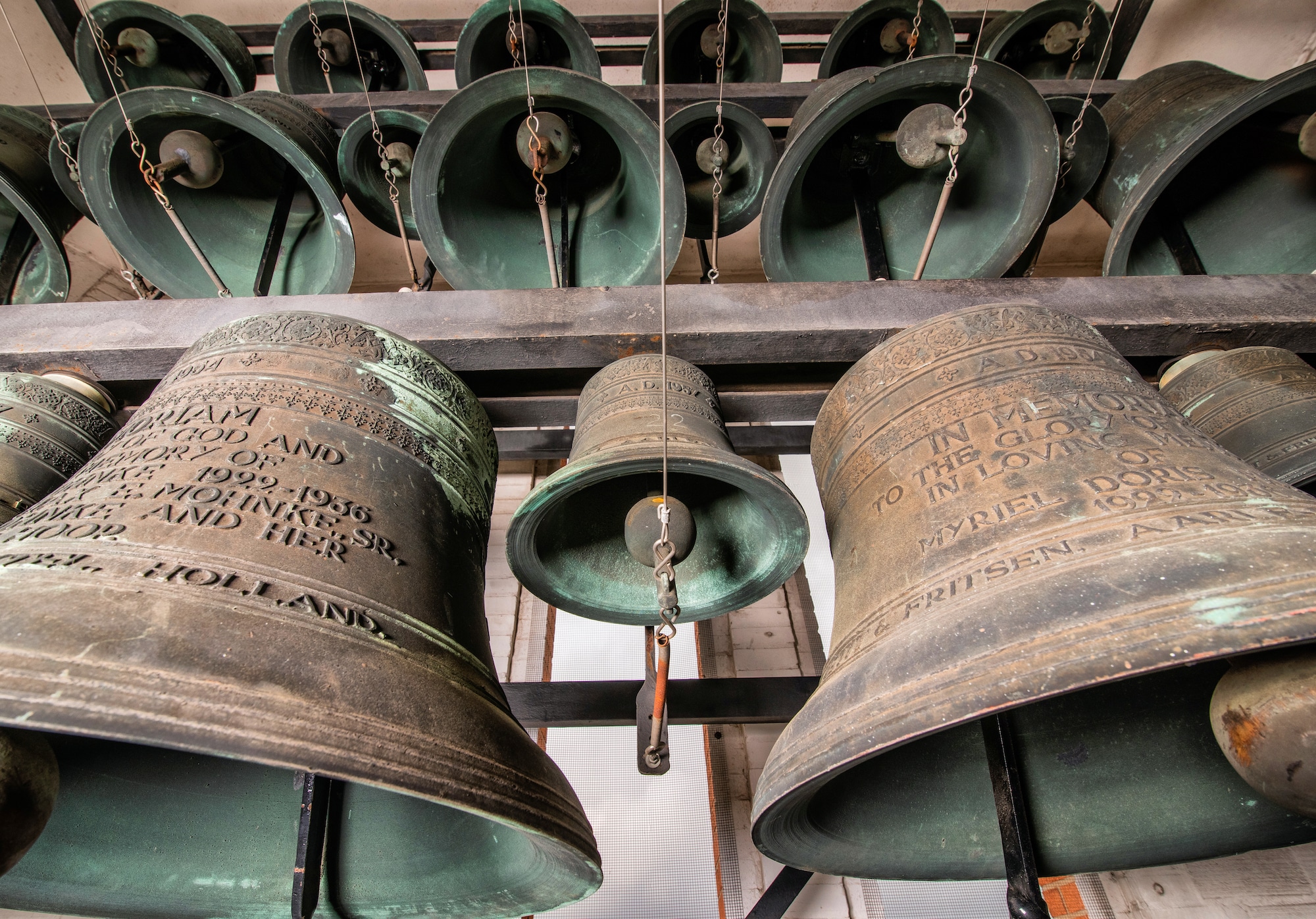
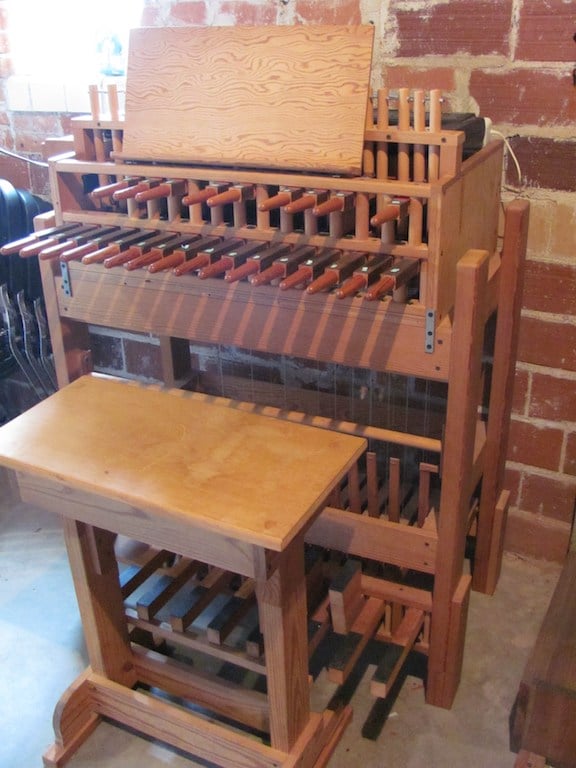
Historically, the earliest bells (late 13th century) were associated with public clocks. During the 1600’s, the art of bell casting improved to produce well-tuned bells in a chromatic series that would create a harmonious sound. Many carillons were destroyed during WWI or confiscated during WWII. However after WWII, the market grew and by the early 1950s, carillons were being imported to North America by Taylor, Paccard and Petit & Fritsen. One of those carillons came to Trinity from Petit & Fritsen (Holland firm founded 1660). The bells are made of bronze and vary in weight from nearly 90 pounds to 900 pounds and in diameter from about one foot to three feet. Only the largest bell swings, but all are struck by a clapper operated by the carillonneur from a clavier. The clavier (keyboard) consists of wooden pegs or batons and pedals connected by wires to the clappers, so that the bells are rung by either pushing the batons down or striking them with the fist, or pressing down the pedals with the feet. The entire system is mechanical, which has not been altered by the automated bell-ringing equipment.
Robert E. Stueber, who was one of the carillonneurs at Trinity for several decades prior to 1990, handcrafted a practice clavier to the exact measurements of Trinity’s clavier. It uses an electronic keyboard to produce the appropriate pitch sounds. His wood workmanship shows his expert craftsmanship and provides an indispensable means for carillonneurs and students to practice. The only other practice clavier in Houston is at the Spring Branch Bell Tower. Mr. Steuber graciously donated this clavier to Trinity in the 1990’s.
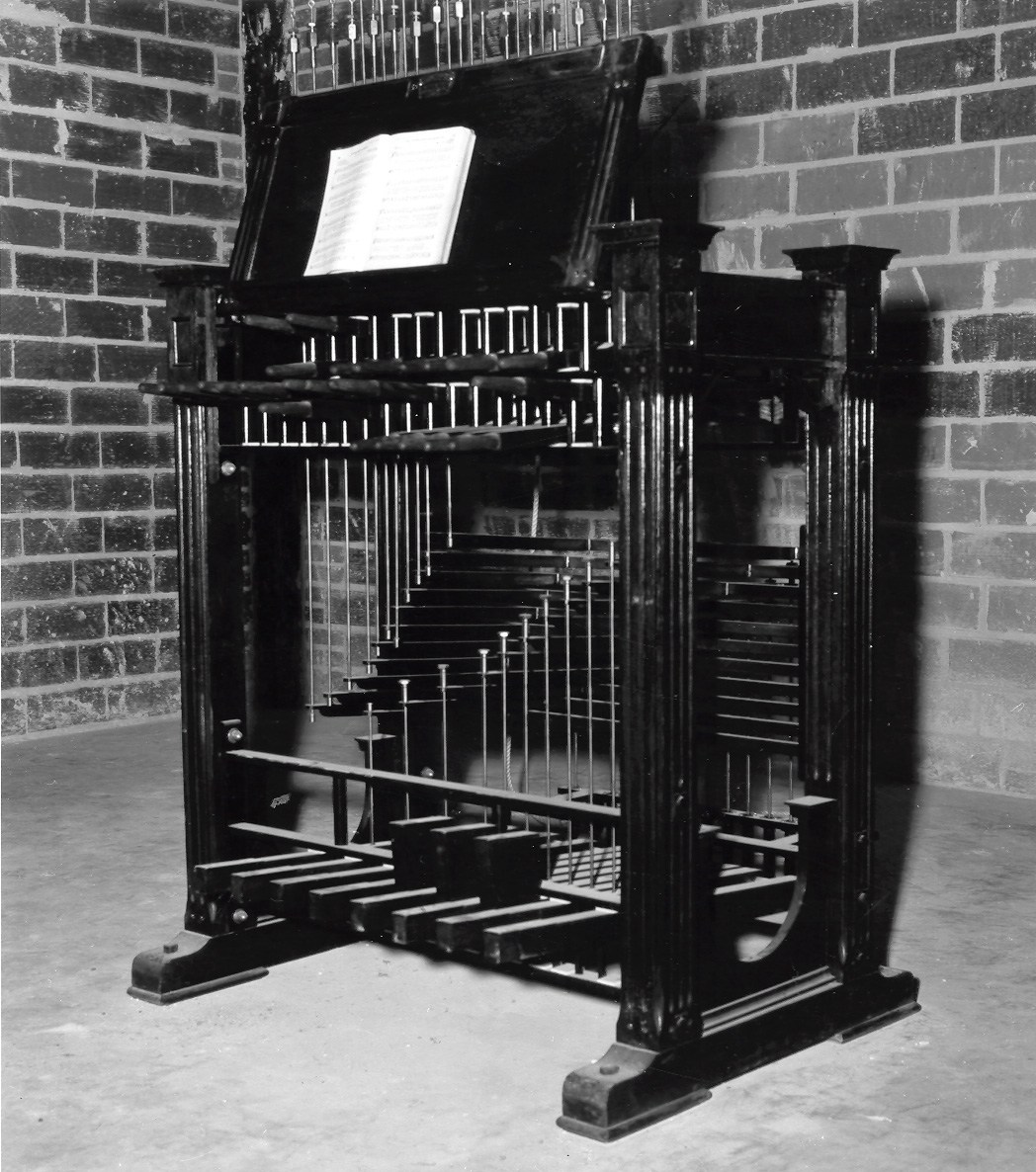
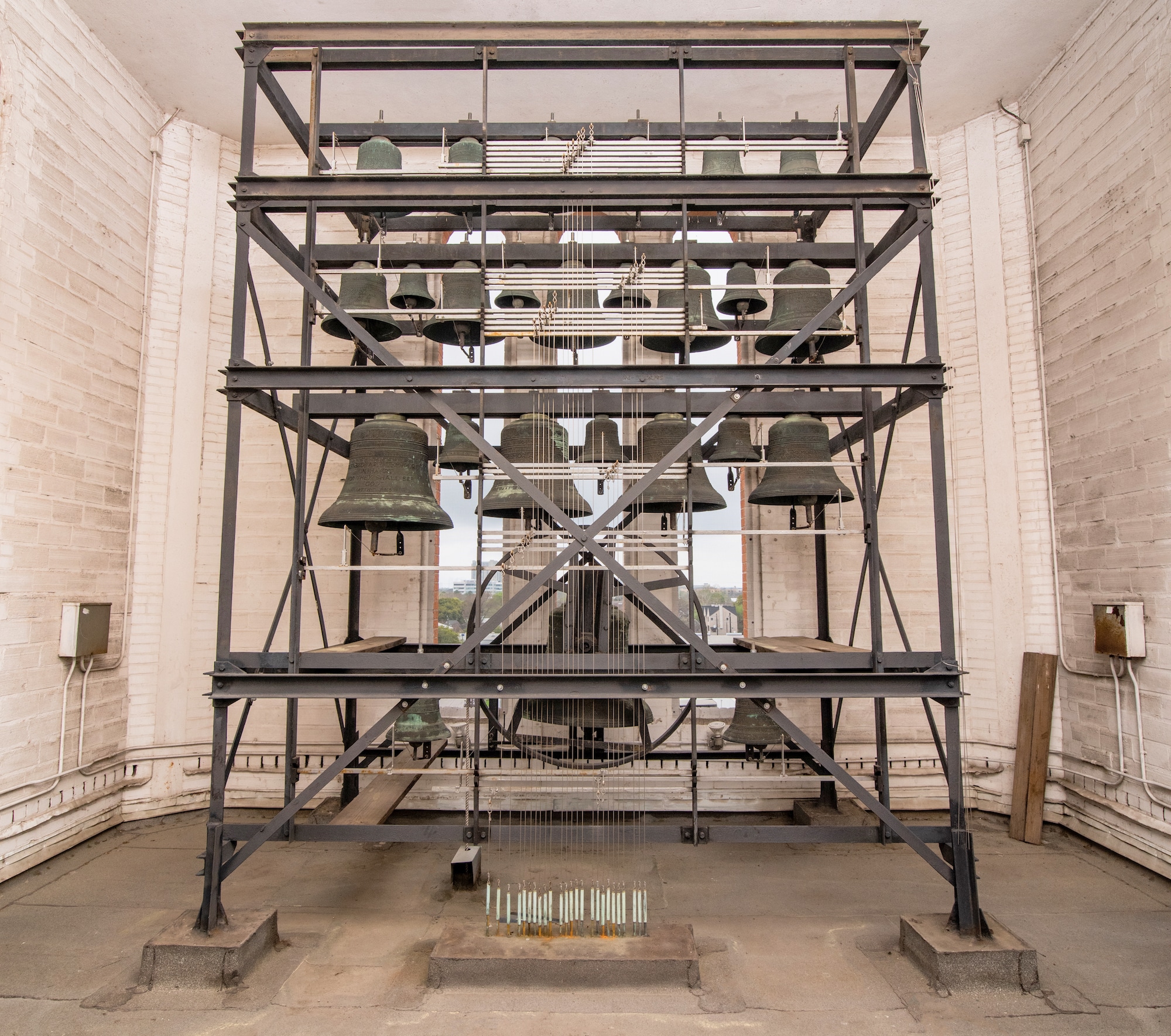
The bells are played at Trinity throughout the day and on special occasions—each Sunday as a call to worship, playing hymns of praise to God following church services, joyful sounds ringing out for weddings, and songs of remembrance and gratitude to God for souls at rest during funerals or memorial services. This is another way that Jesus Christ is proclaimed in downtown Houston.
Pastor Donald Black tells the story about a man who was serving time in the Houston jail in the police station/court complex adjacent to the church. While hearing the hymn tunes played from the Trinity bells, he made a commitment to return to church once released. “So my word that goes out from my mouth: It will not return to me empty, but will accomplish what I desire and achieve the purpose for which I sent it. You will go out in joy and be led forth in peace; the mountains and hills will burst into song before you.” (Isaiah 55:11-12) “It is good to praise the Lord and make music to your name, O Most High, to proclaim your love in the morning and your faithfulness at night.” (Psalm 92:1-2)
- Herbert Garske
- Mickey Gross
- Michael Held
- Kathy Hern
- Steve Morby
- M. Jackson Osborn
- Mike Ryan
- Robert Steuber
- Rebecca Roschke
- Jack Westmoreland
- Lesley Paulus
- Carla Barrows (2011 – current)
Ministry Partners
Trinity Downtown is committed to supporting the arts in our community and are privileged to provide rehearsal space for several musical organizations in our city. We currently are the rehearsal location for the Houston Symphony Chorus, the Houston Camerata, the Houston Bronze Ensemble and the Houston Lutheran Chorale.
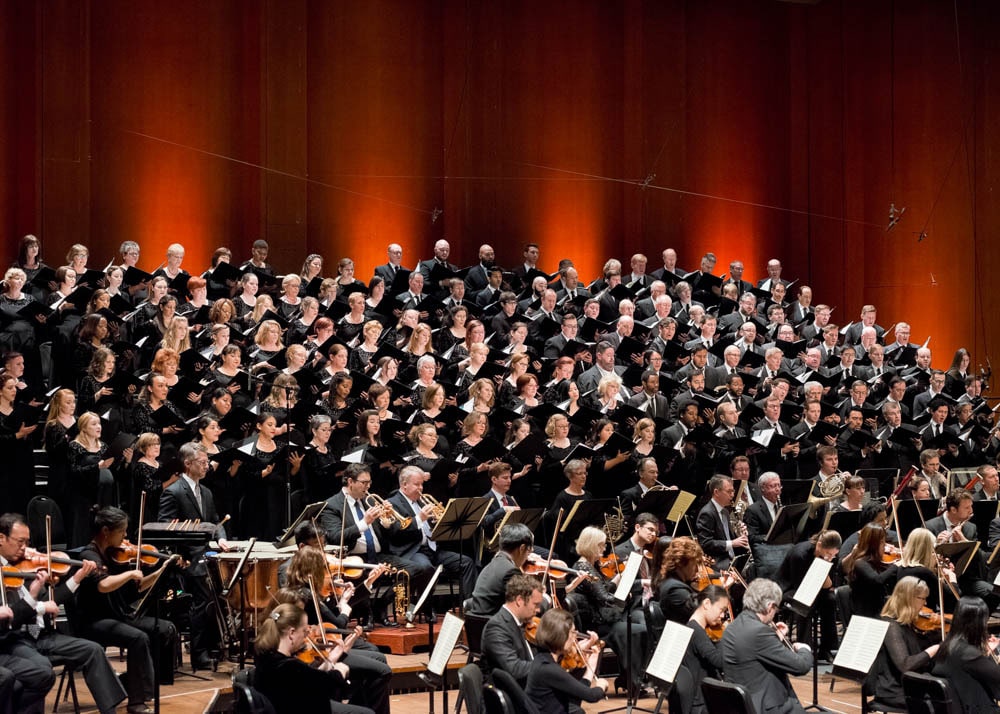
Houston Symphony Chorus:
The Houston Symphony Chorus, under the direction of Betsy Cook Weber since 2014, is the official choral unit of the Houston Symphony and consists of highly skilled and talented volunteer singers. Over the years, members of this historic ensemble have learned and performed the world’s great choral-orchestral masterworks under the batons of Andrés Orozco-Estrada, Hans Graf, Christoph Eschenbach, Robert Shaw and Helmut Rilling, among many others.
In addition, the Chorus enjoys participating in the Houston Symphony’s popular programming under the batons of conductors such as Steven Reineke and Michael Krajewski. Recently…
Houston Bronze Ensemble:
The Houston Bronze Ensemble is a professional, auditioned, handbell ensemble made up of musicians from the greater Houston area. Known as Houston’s premier handbell choir, the ensemble performs regular concerts in the winter and spring as well as community, regional, and national events, weddings, and private parties. The group plays a wide variety of musical genres, always with the goal of EXCELLENCE. Founded in 1988, Houston Bronze Ensemble was started as an avenue for Houston area handbell directors to have a place to ring. A lunchtime meeting with only a napkin to write the names of those who might be interested is what started it all. The rest, as they say, is history. We celebrate over 30 years of bringing handbells to the Houston community and beyond…
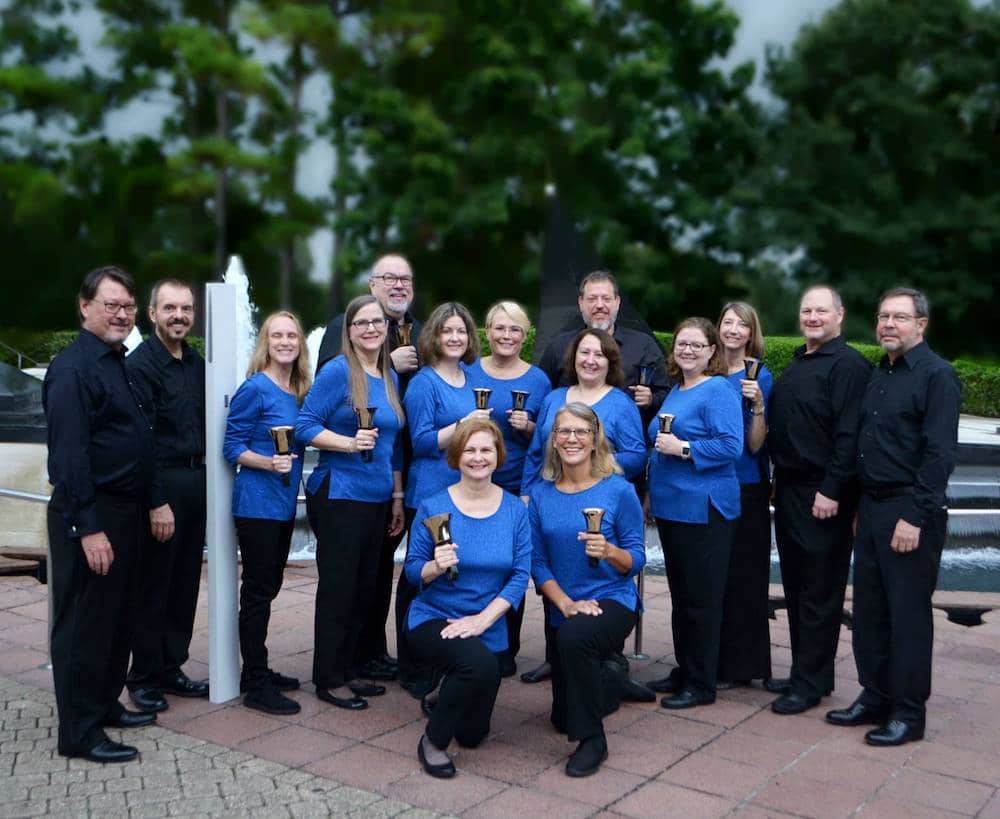
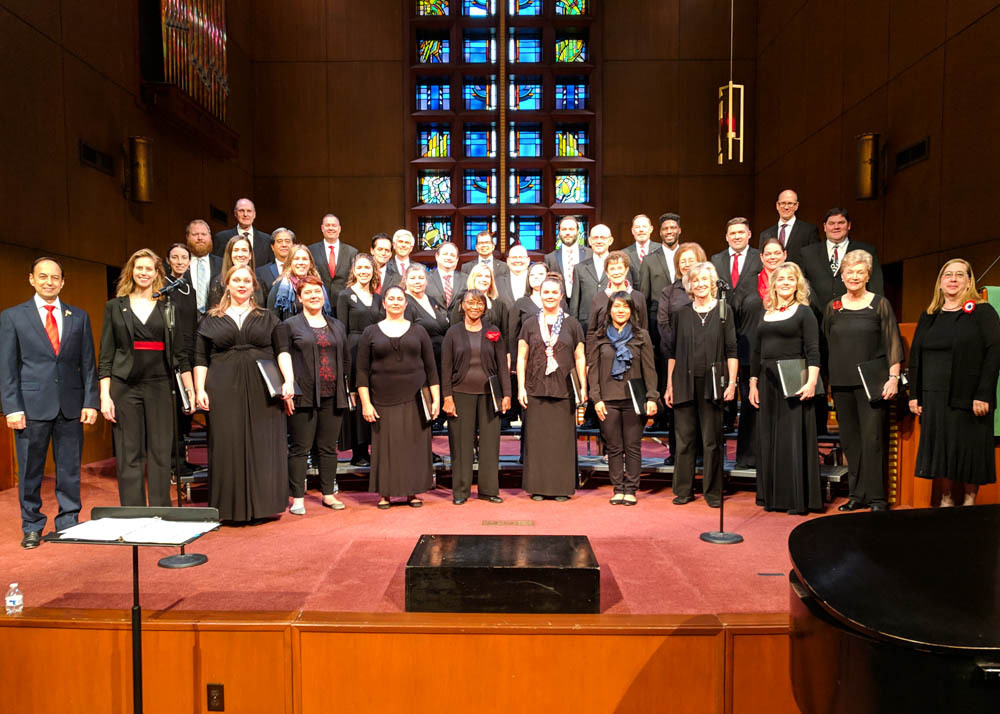
Houston Camerata:
Houston Camerata is dedicated to bring together those who love to sing with those who love to hear beautiful music, joyously embracing exceptional and interesting music through our performance of the choral repertoire of varied cultures and regions.
Camerata is an Italian word that refers to a group of individuals who enjoy similar interests and share a strong passion for a particular art form. This is a perfect description of our group because the singers are volunteers who come from all walks of life. Their common bond is that they share a passion for music and a talent for its performance…

